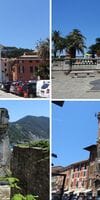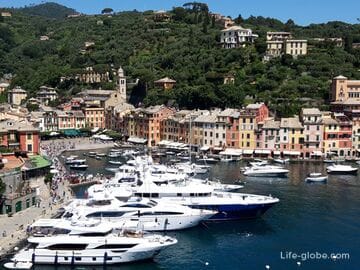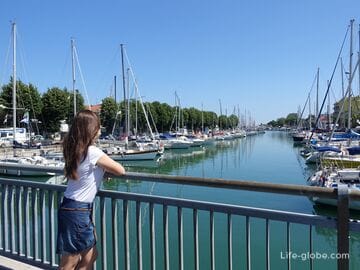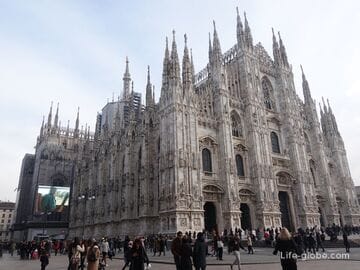Sestri Levante is a small resort town located on the Ligurian sea coast, whose historical center is situated between two bays (bays): the Bay of Silence and Bay of the fairy Tales.
Sights of Sestri Levante. What to see, where to go in Sestri Levante
The bulk of the attractions of Sestri Levante is concentrated in the historical city centre, in the place where there is tourist life of the resort.
The historical centre of Sestri goes on the two coves separated by an isthmus that connects a large rocky promontory, the old part of the resort with the mainland, forming a Peninsula of Sestri Levante.
In the historical and tourist center notable:
- the Bay of Silence and the Bay of Tales, which are themselves landmarks and where the beaches of Sestri Levante are located.
The beach of the Bay of Silence is the most charming beach of Sestri, but also the entire coast of the Riviera di Levante. Read more about bays, beaches and seaside of Sestri Levante...
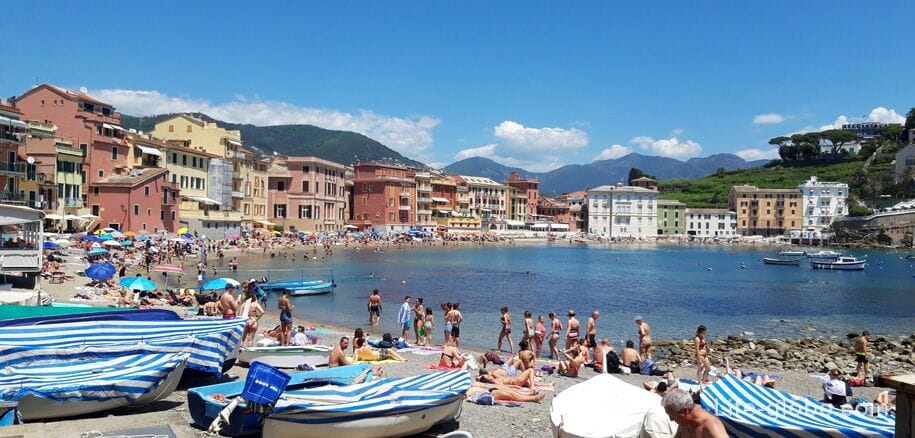
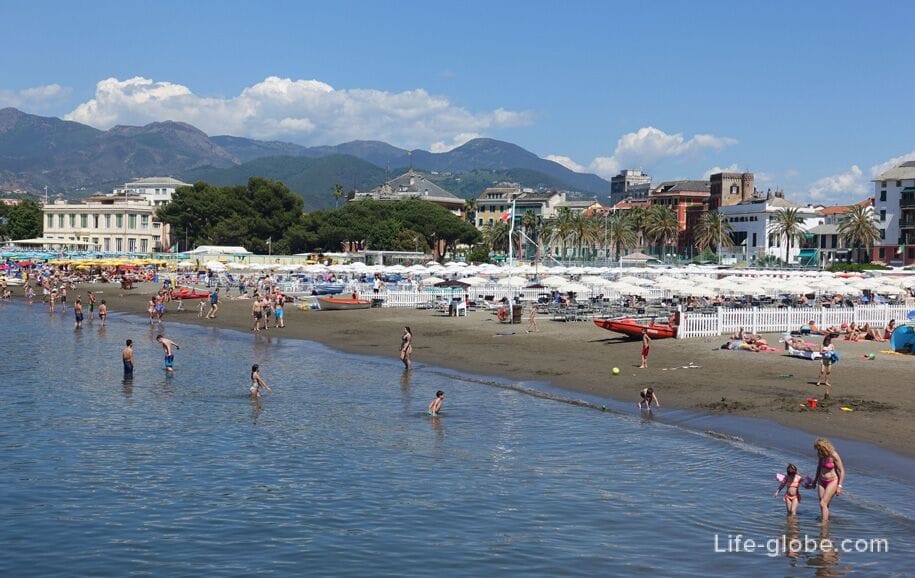
- Palace Durazzo-Pallavicini - Sestri Town Hall, erected in the second half of the 17th century, the walls of which are the picture of Francesco Bassano, depicting the Adoration of the Magi;
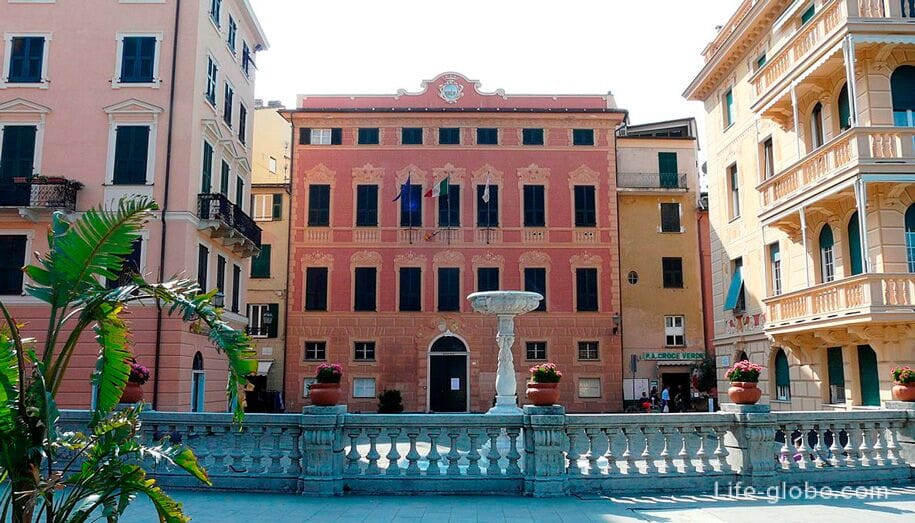
- Basilica of Saint Mary of Nazareth (Basilica di Santa Maria di Nazareth), built in the seventeenth century and having neoclassical pronaos.
Now from the facade of the 17th century there were two towers on both sides of the main structure. From the 19th century there is a portal above the main entrance, where there is a marble statue of the Madonna and child.
Inside the Church contains paintings of the Baroque era;
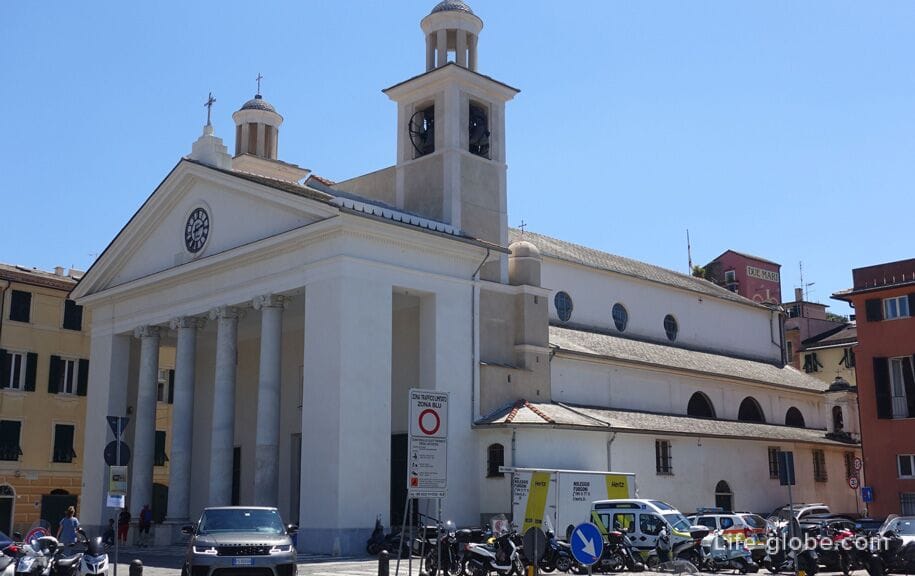
- Palace Fascie Rossi (Palazzo Fascie Rossi), erected in the early twentieth century.
Now in the walls of the Palace is the headquarters of the municipal library, historical archives, archaeological and city Museum and tourist information centre.
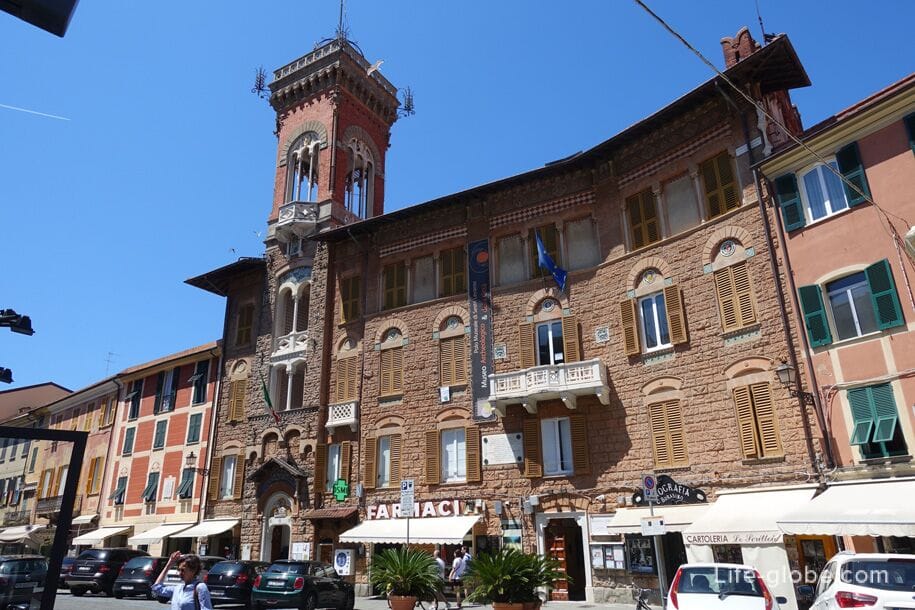
- Church of San Pietro in Vincoli (Chiesa di San Pietro in Vincoli), built by the fathers Capuchins in 1640 with the addition of a monastery. Subsequently the whole complex has undergone several changes and extensions;

- Villa Brignole-Balbi - a historic aristocratic residence built in the 17th century.
Currently, within the walls of the Villa is a 4-star Grand Hotel Villa Balbi with the inner Italian garden, private beach area, outdoor pool, restaurant and bar. Room rates include Breakfast;
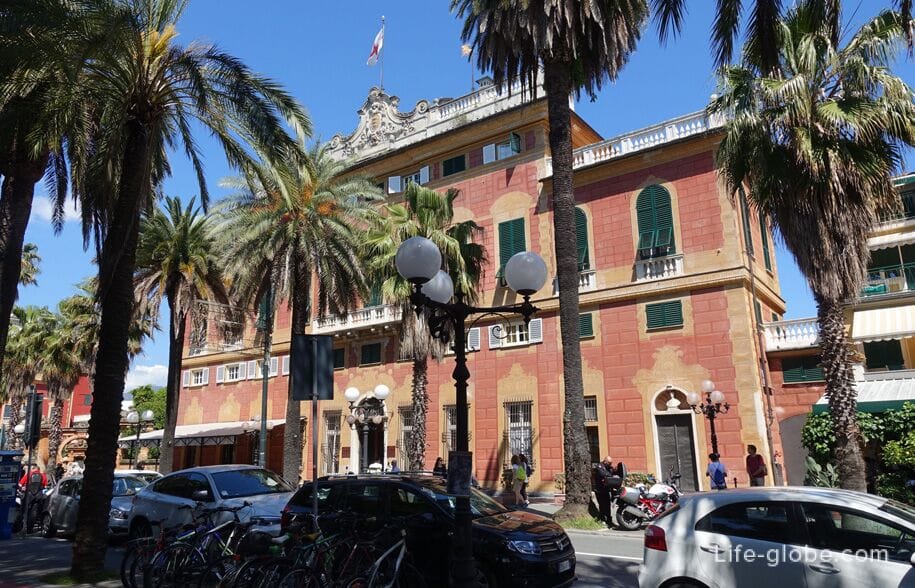
- Palace - Museum and gallery Rizzi (Museo Galleria Rizzi).
The gallery was born under the will of Marcello Rizzi, who after his death wanted his residence to become a real city museum, where artwork and objects would be exhibited to the public, which Rizzi had collected for years;
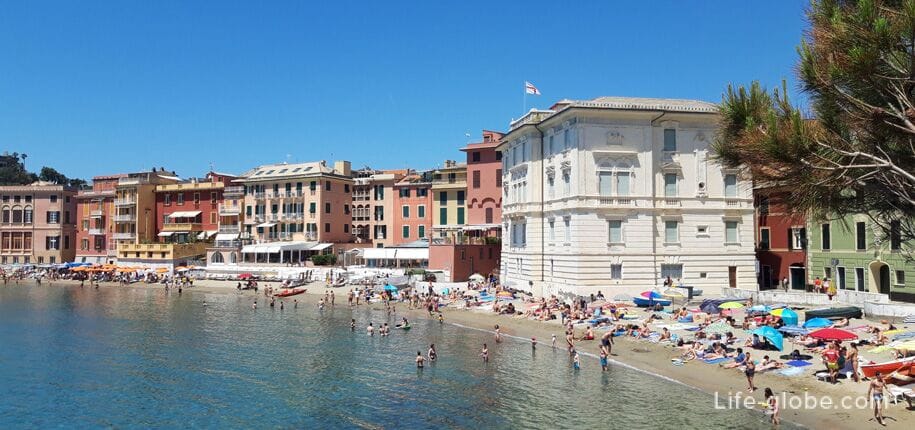
- Church of the Immaculate Conception (Chiesa Dell'immacolata Concezione) with the adjoining convent of the Capuchin friars (Cappuccini Convento Frati) of the 17th century, situated on the slopes of Cape Manara.
The Shrine was erected in 1688 in a medieval style with a characteristic façade with black and white stripes;
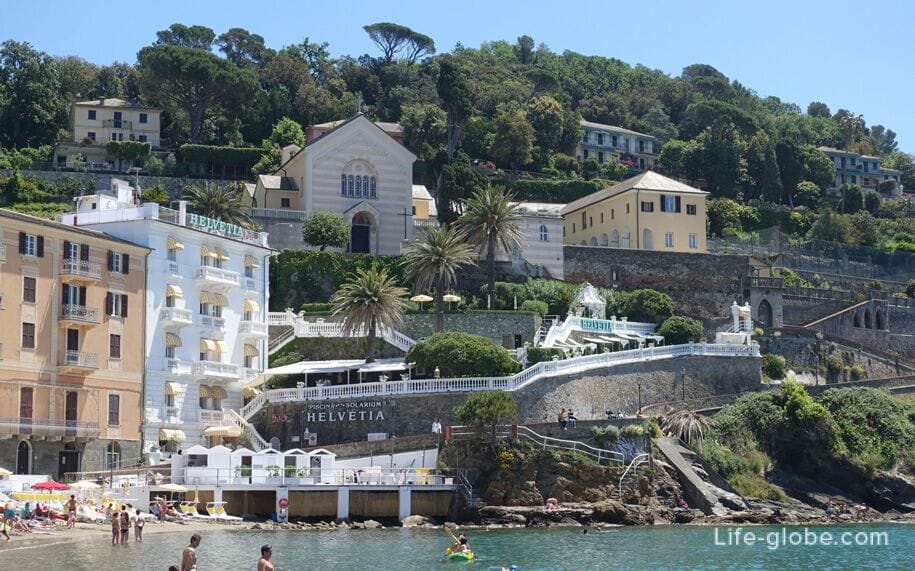
- the building of the former monastery of the Annunciation, built in 15th century, which currently is the venue of cultural conferences and events, which features an observation deck with views of the sea and the beach of the Bay of Silence;
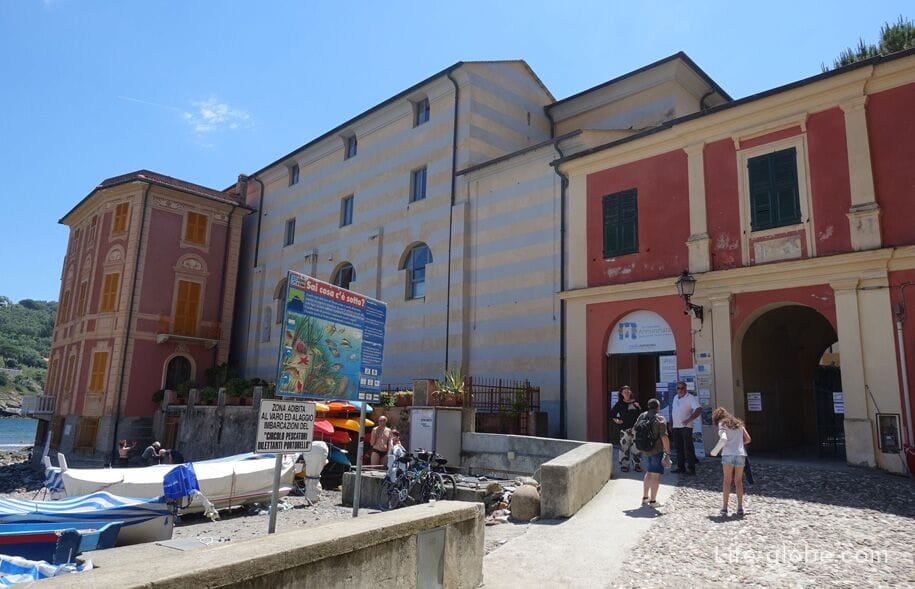
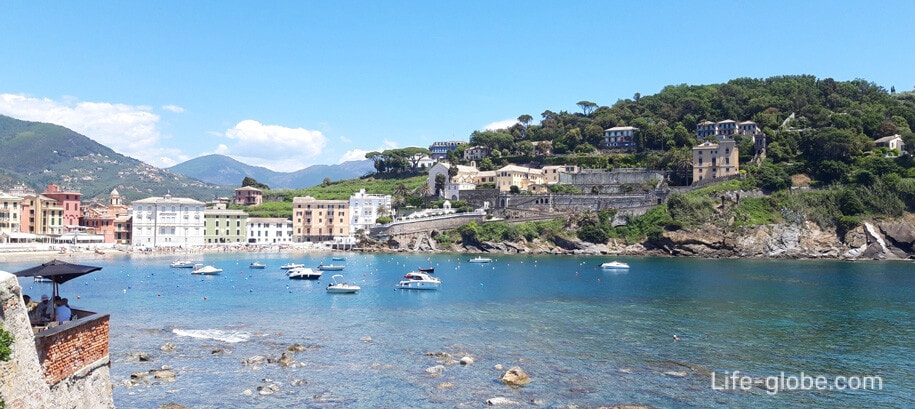
- the ruins of the ancient Church of St. Catherine (Ruderi Dell'oratorio di Santa Caterina), built in 1578 and destroyed during the air bombings of world war II, 1944;
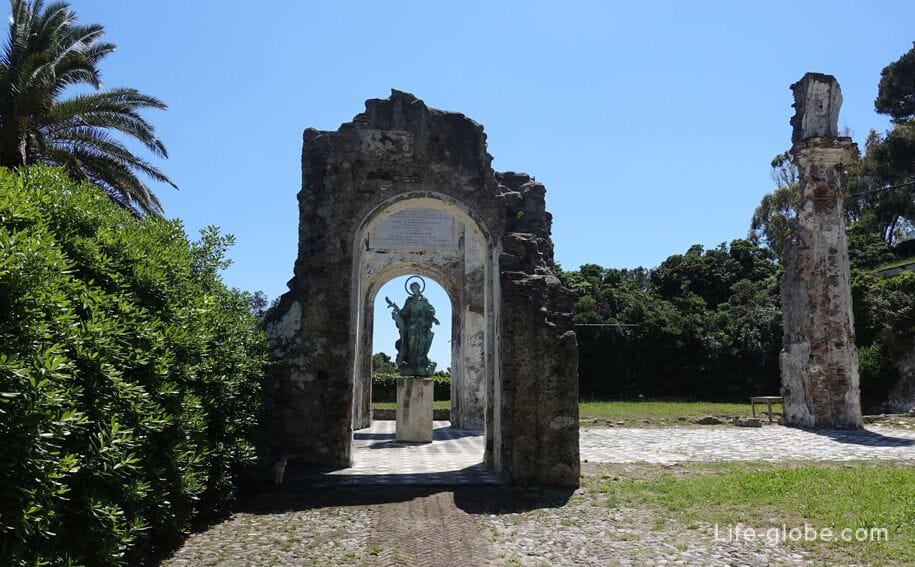
- Church of San nicolò Dell'isola (Chiesa di San Nicolò Dell'isola), originating from 1151 built, most likely, to earlier and more primitive Shrine, built by the Colombian monks of Bobbio.
It is the oldest Church in Sestri, which until the 17th century was the main parish Church of Sestri Levante, after which the main Shrine of the city was the Church of Santa Maria di Nazareth;

- Villa Gualino - a historic building, also known as the castle of Gualino (Castelli Gualino), which is a monument of history and architecture of Sestri.
The so-called "Castelli of Gualino" because it mimics an ancient medieval style, was built between 1925 and 1929 by order of the Piedmontese industrialist Riccardo Gualino.
The villas of Gualino consisted of three buildings. Around the Villa buildings was a large garden, overlooking the sea water and the surrounding area.
The whole complex of the Villa Gualino in 1950 was turned into the 4-star Grand Hotel Dei Castelli, which is at the present time.
The hotel has retained the external and internal structure of the castle, near the hotel is also located in the extensive gardens. Read more about historic centre of Sestri, its sights and streets...
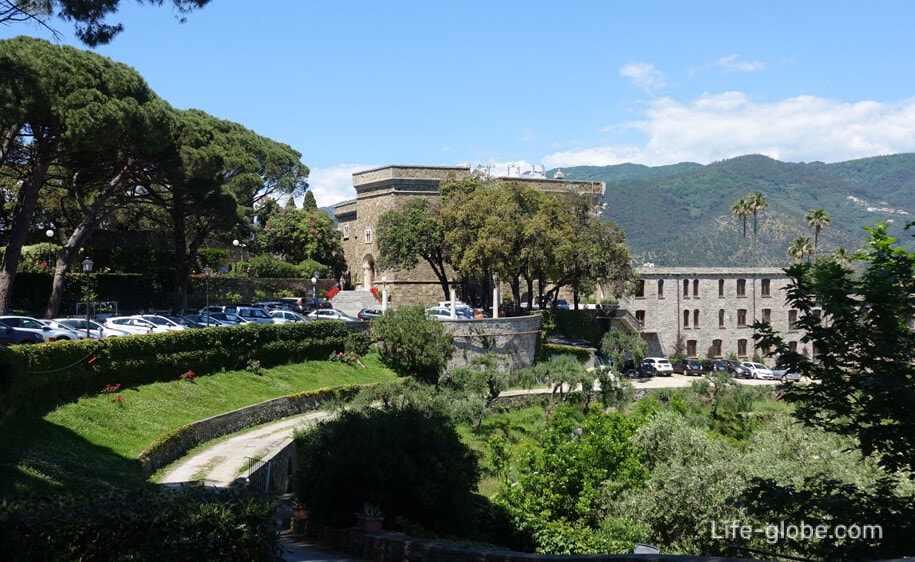
In the so-called new part of Sestri Levante, going deep into the "mainland" part of the city, there are not so many attractions, but all of them are of spiritual, architectural or historical value.
Villa Durazzo-Cattaneo Della Volta Palace (Palazzo Durazzo-Cattaneo Della Volta)
Formerly known as the Palazzo Doria (Già palazzo dei Doria), built in the mid 15th century.
The Villa is a building of the 18th century, where you can also see attached the chapel of Giacomo Gagini (Giacomo Gaggini), erected by order of Giuseppe Maria Durazzo in 1725.
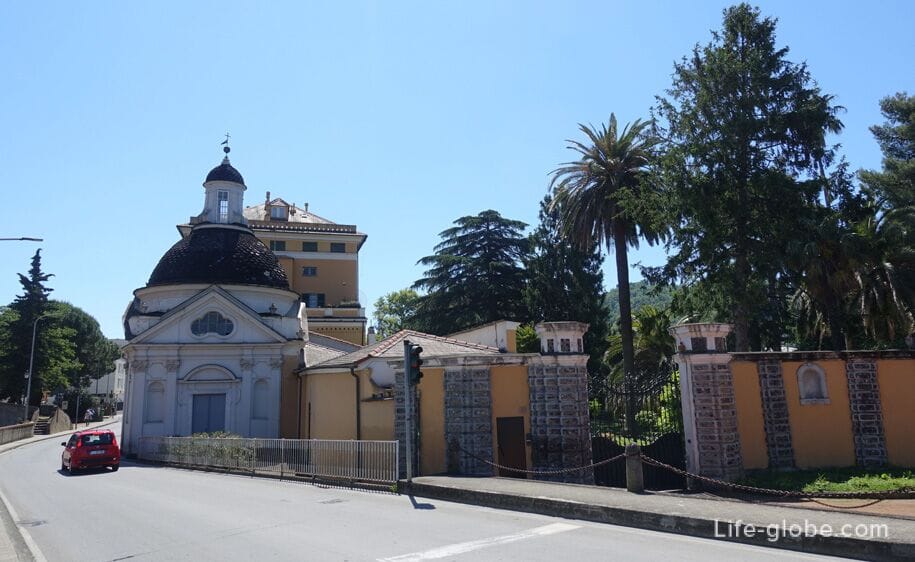
The Villa is located near the river, where the river crosses the old single-span bridge, which houses a small Shrine.
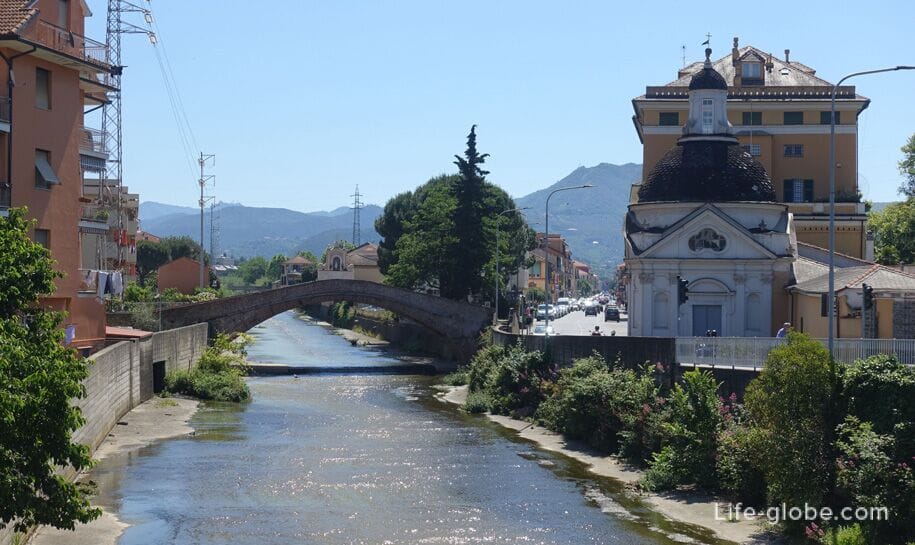
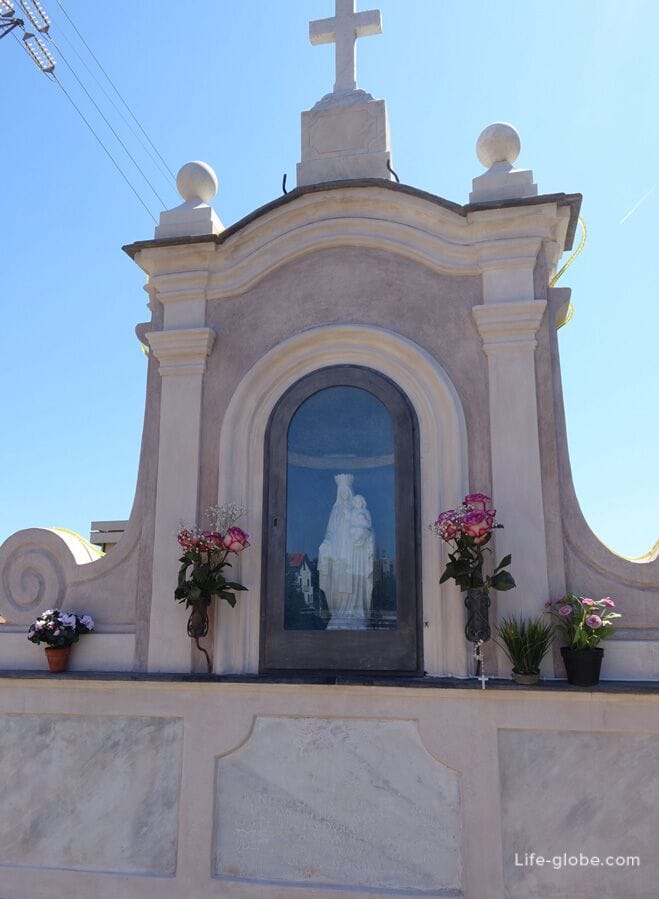
Church-St. Anthony parish (Parrocchia Di S. Antonio)
The current building of the parish of Sant'antonio dates back to the sixties of the 20th century, it was built on the site of earlier religious buildings.
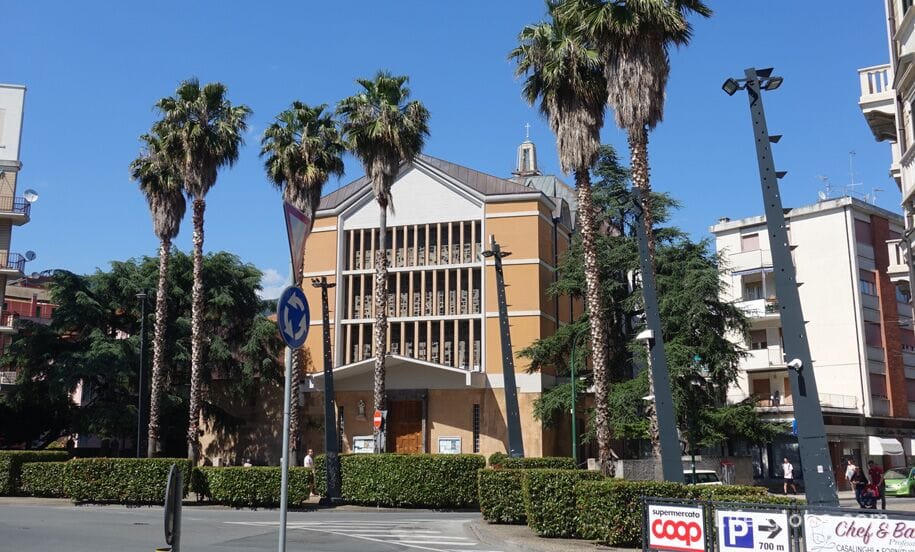
The Cathedral of Christ the King (Santuario di Cristo Re)
The temple-Shrine of Christ the King was built between 1929 and 1933.
The upper part of the church, called “dei Viventi,” is the place where religious functions are performed and where there is a high altar with the presence of a small chest symbolizing the Eucharistic Jesus. On the altar there is a globe (ball) with the tree of life (resembling Genesis) and the Cross of Jesus.
At the bottom of the shrine is an underground crypt, divided into two areas. In the first area are the tombs of the father of Enrico Mauri, the creator of the opera Madonnina del Grappa and the sanctuary, and his collaborator father Carlo Vanoni, as well as other tombstones of civil and church personalities. The second area is characterized by a graphic depiction of symbols of the Italian municipal emblems.
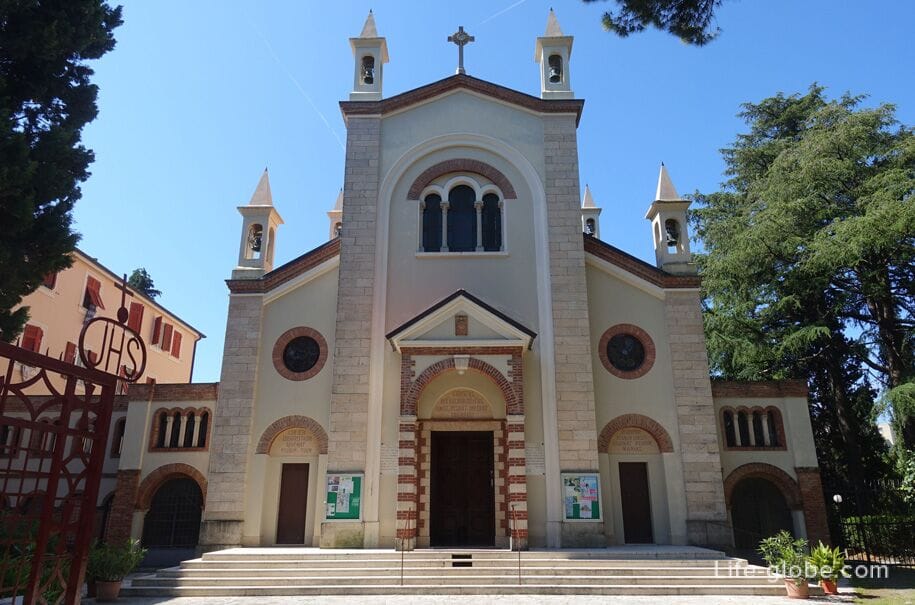
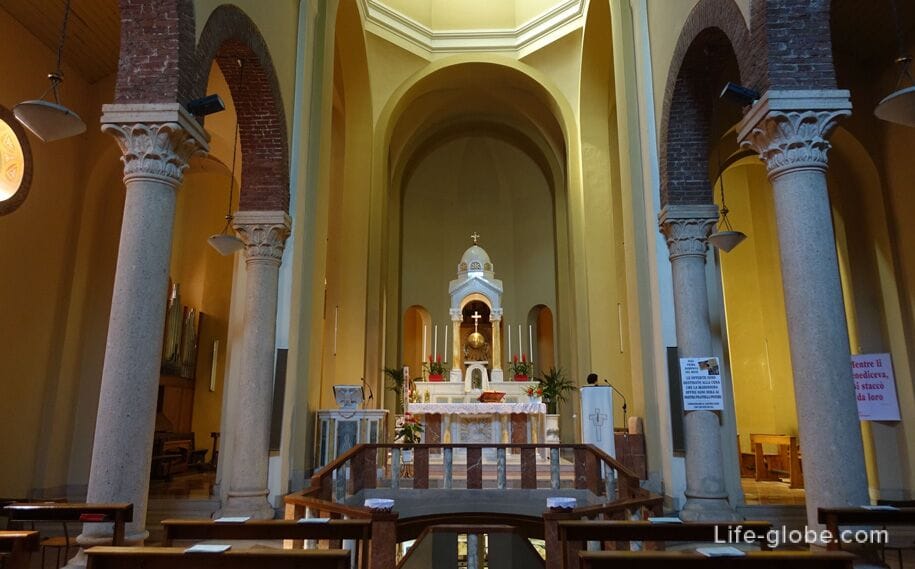
House of the Opera Madonnina del Grappa (casa Dell'opera Madonnina del Grappa)
The Opera house is located near the Cathedral of Christ the King.

Evangelical Christian brethren Church (chiesa Cristiana Evangelica dei fratelli)
Unremarkable Church, located on the ground floor of a modern building.
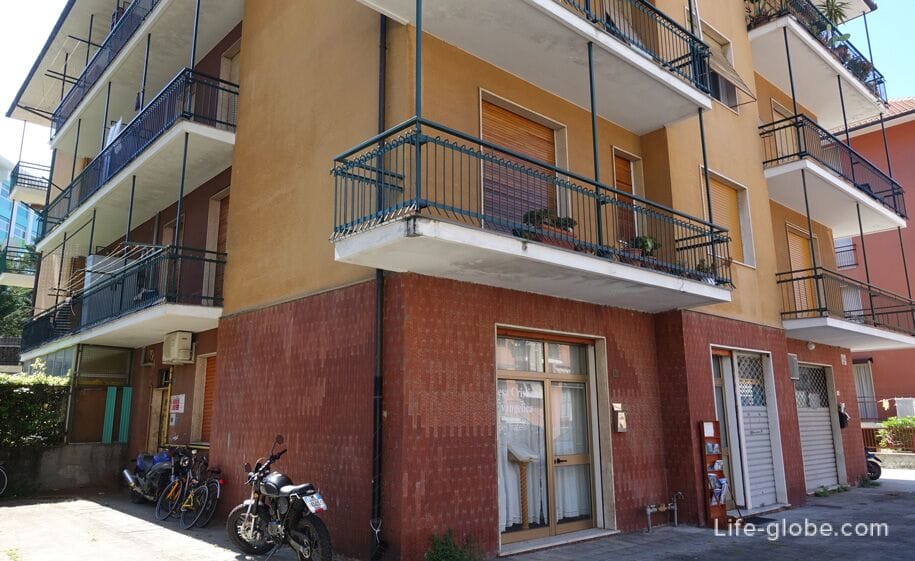
Villa Durazzo-Solari-Serlupi
Now Rimassa Villa (Villa Rimassa).
The Villa was erected by order of Cesare Durazzo, Doge of Genoa in the years 1665-1667 and was the home of the Emperor Joseph II in 1784.
The Villa dates back to the nineteenth century and is close to the Church of San Stefano del Ponte. The Villa is surrounded by gardens. Access to the patronal residence is through stairs that also lead to the villa’s production center: the farm complex.
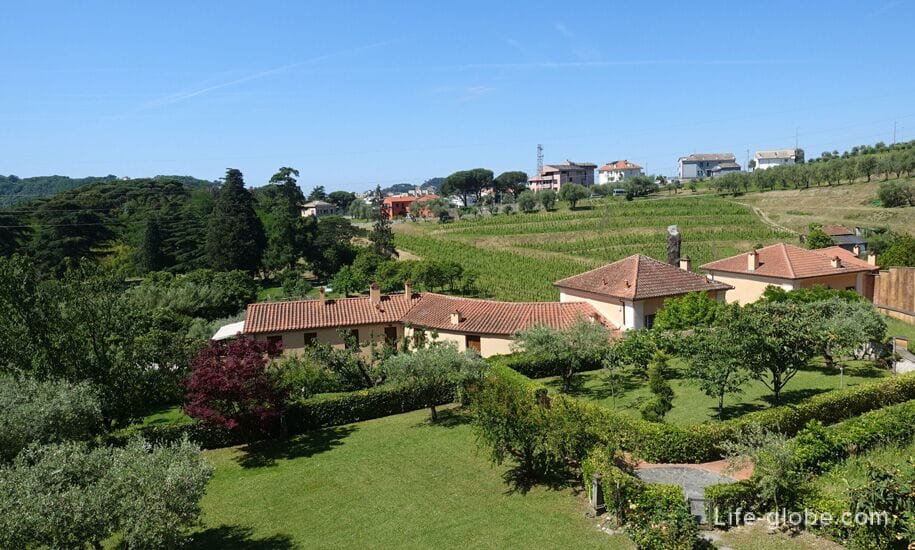
Within farms the Villa is a holiday home Locazione turistica Dimore Dell Esedra garden, private Parking and 4 bedrooms.

The Church of Santo Stefano del Ponte (Chiesa di Santo Stefano del Ponte)
The construction of the church dates back to the early Christian period, perhaps the monks of San Colombano di Bobbio, but nothing remained of the original church, at least on the surface.
The first official records relating to the Church, witnessed in the period 1012, and again in 1034 years. The current building, which was later expanded and enriched, dates back to the 18th century.
Inside the Church is divided into three naves with three altars. Each of the three aisles highlighted by two massive columns with Corinthian capitals and round arches. The Central and larger nave ends with a deep apse.

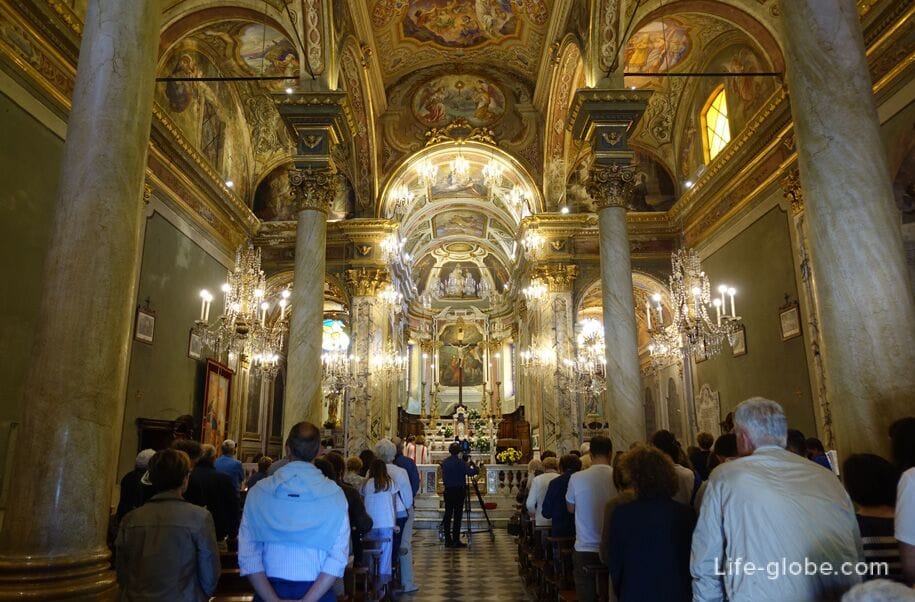
The Area Of Alessandro Pertini (Piazza Sandro Pertini)
A small square, named after the Italian politician and President of Italy from 1978 to 1985.

Park Mariele Ventre (Giardini Mariele Ventre)
Public gardens with the statue named after the Italian singer and musician Mariele Ventre (1939 - 1995).
In the gardens Mariele Ventre: walking paths, places for recreation, children's Playground, stage, flower beds, fountain and sculpture. Read more about the Park Mariele Ventre...

In addition to those listed, there are other historic buildings and villas in Sestra Levante, which you can see by walking through the streets of this small, but picturesque and cozy town.
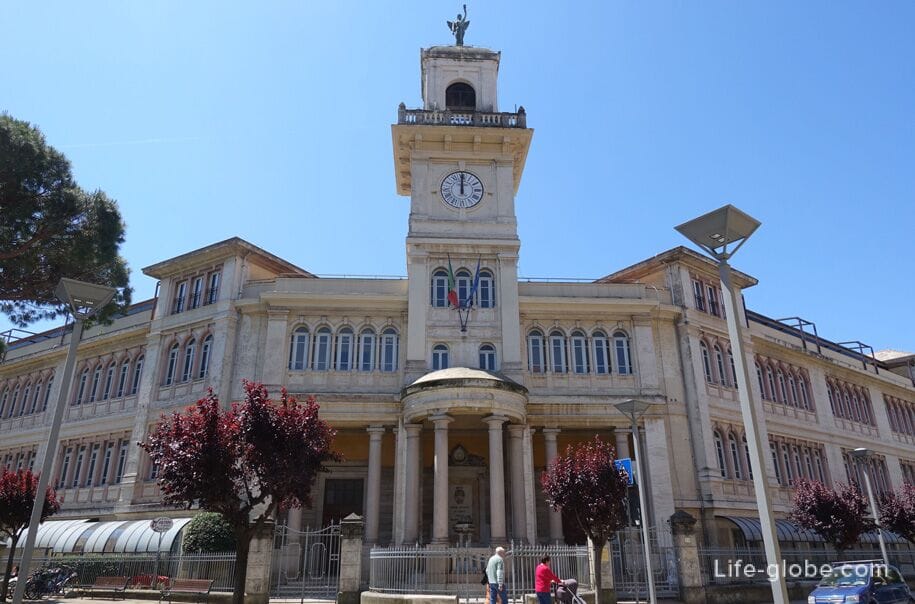
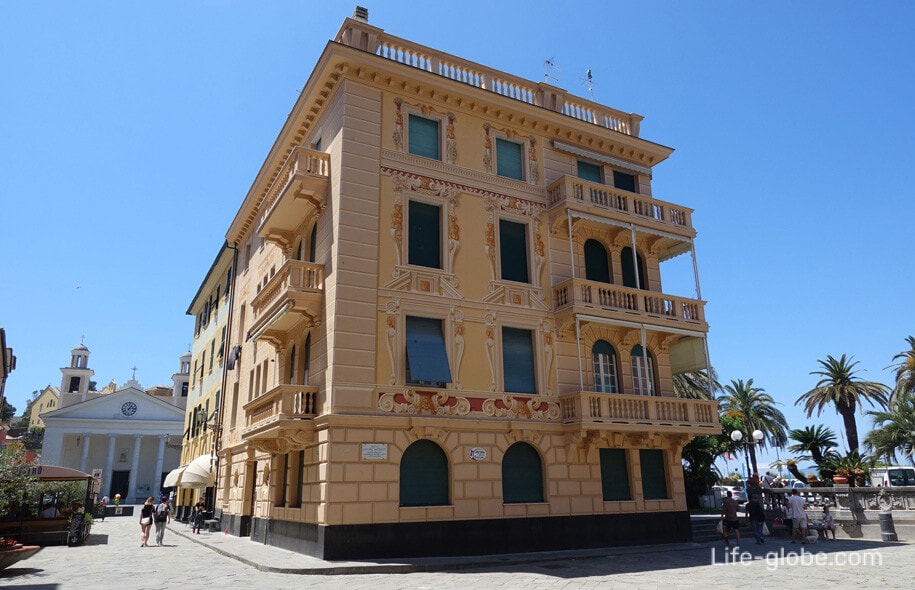
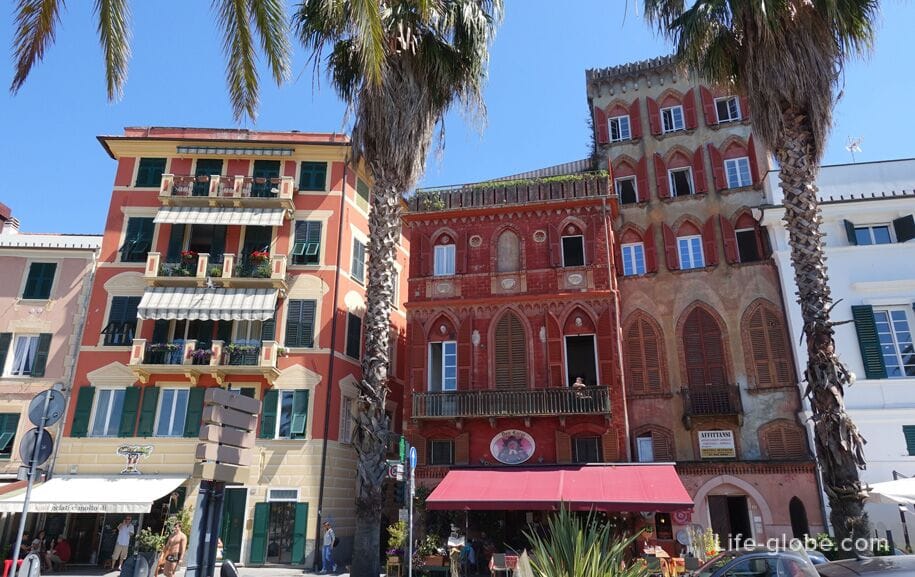
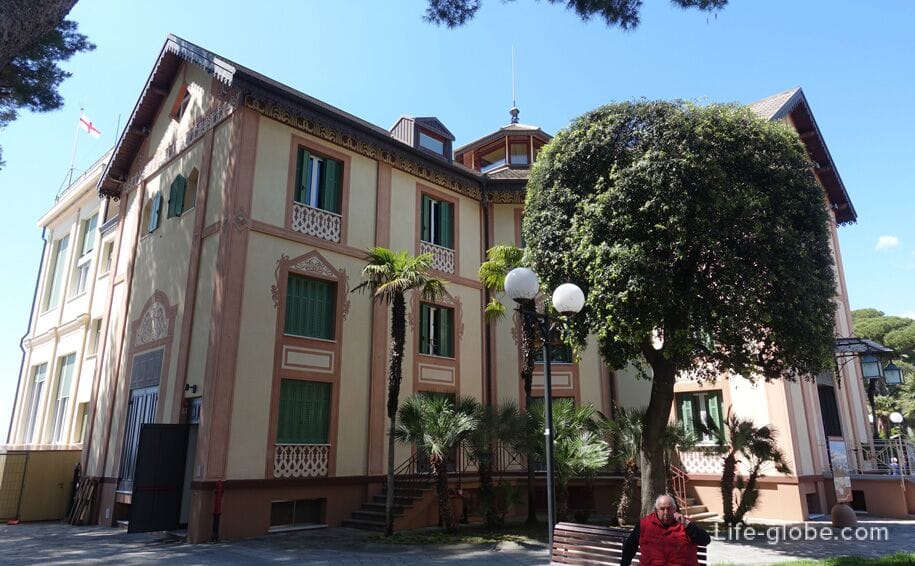
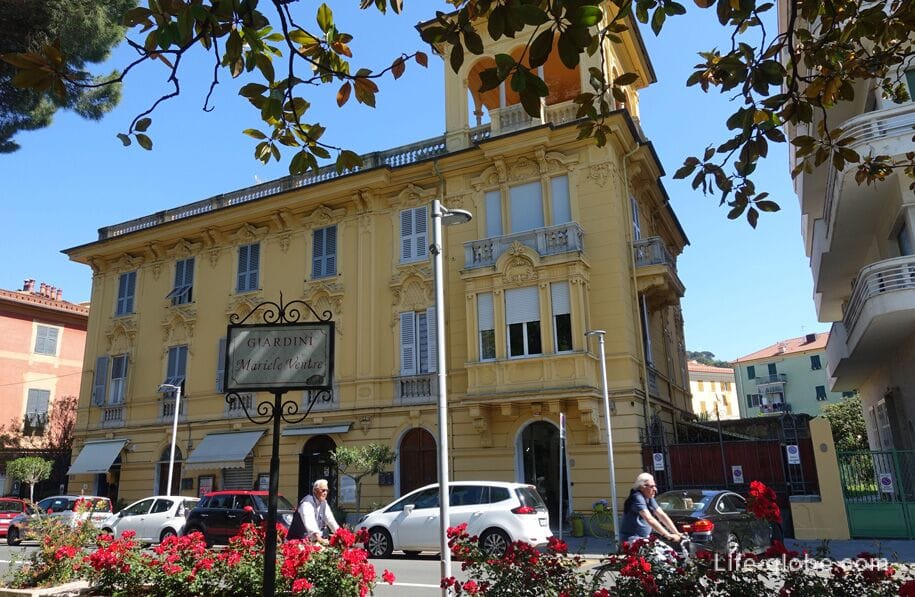
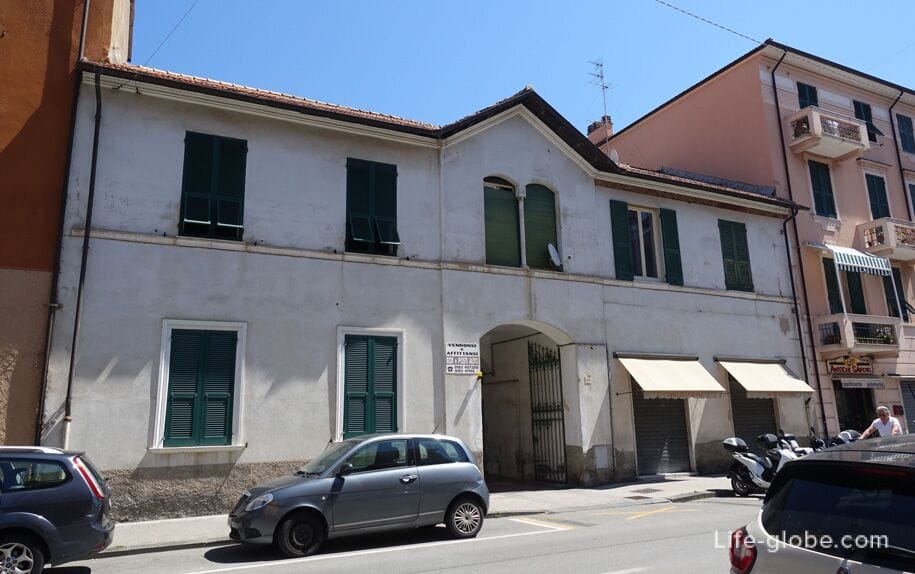


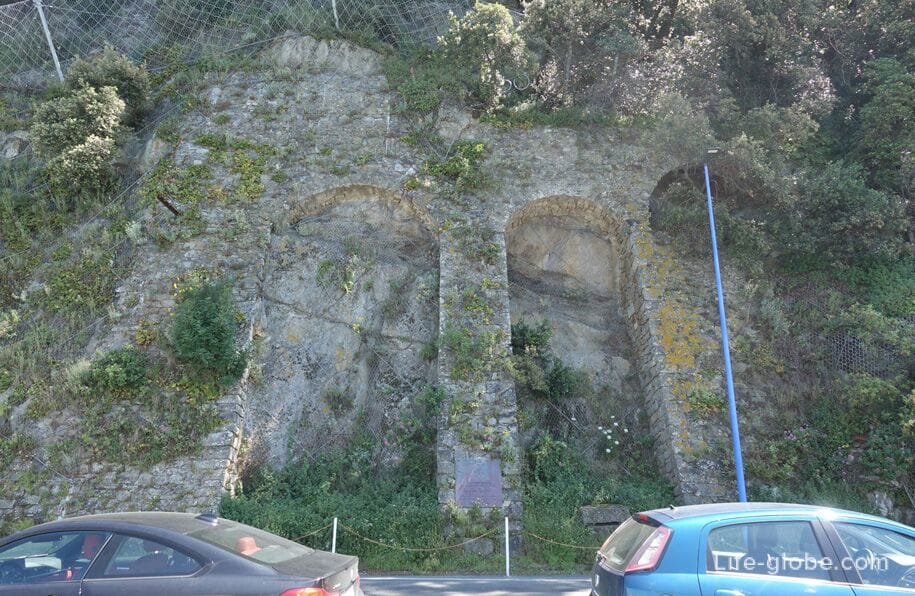
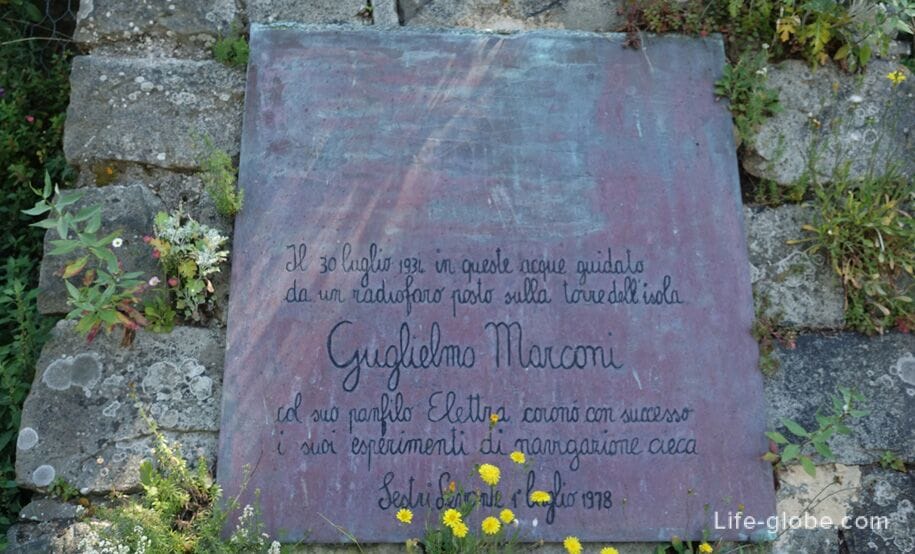
All accommodation in Sestri Levante it is possible to look and book here




